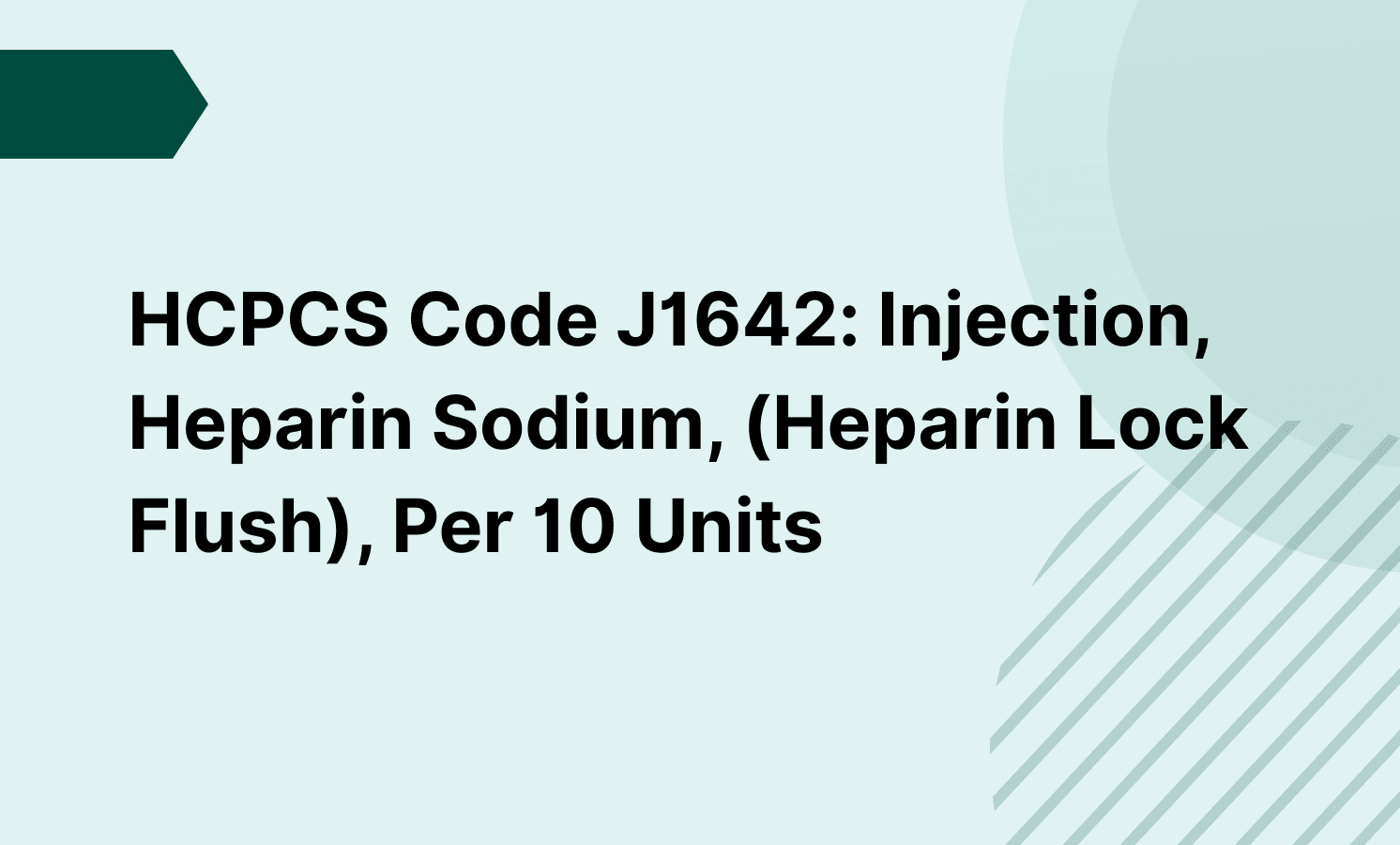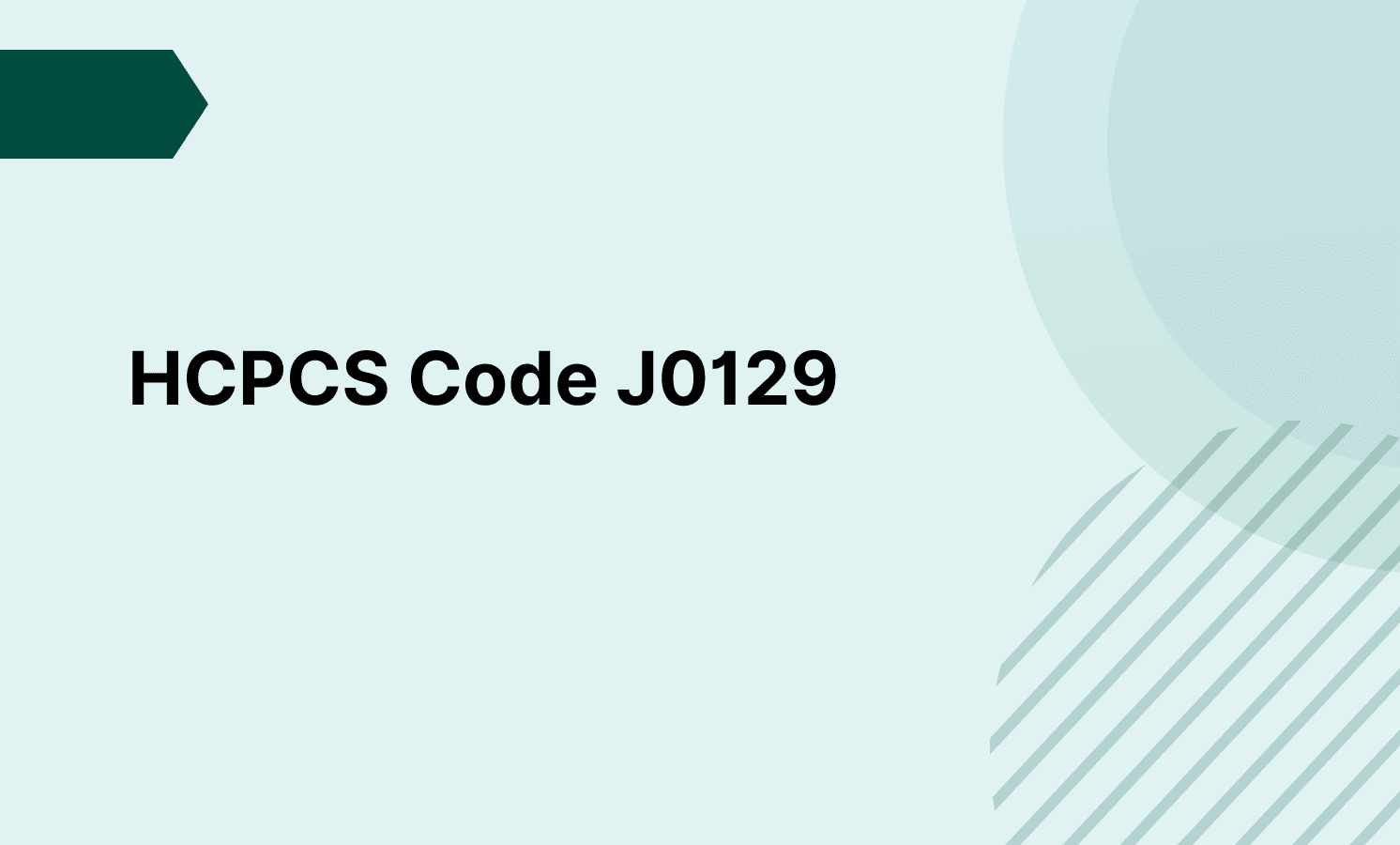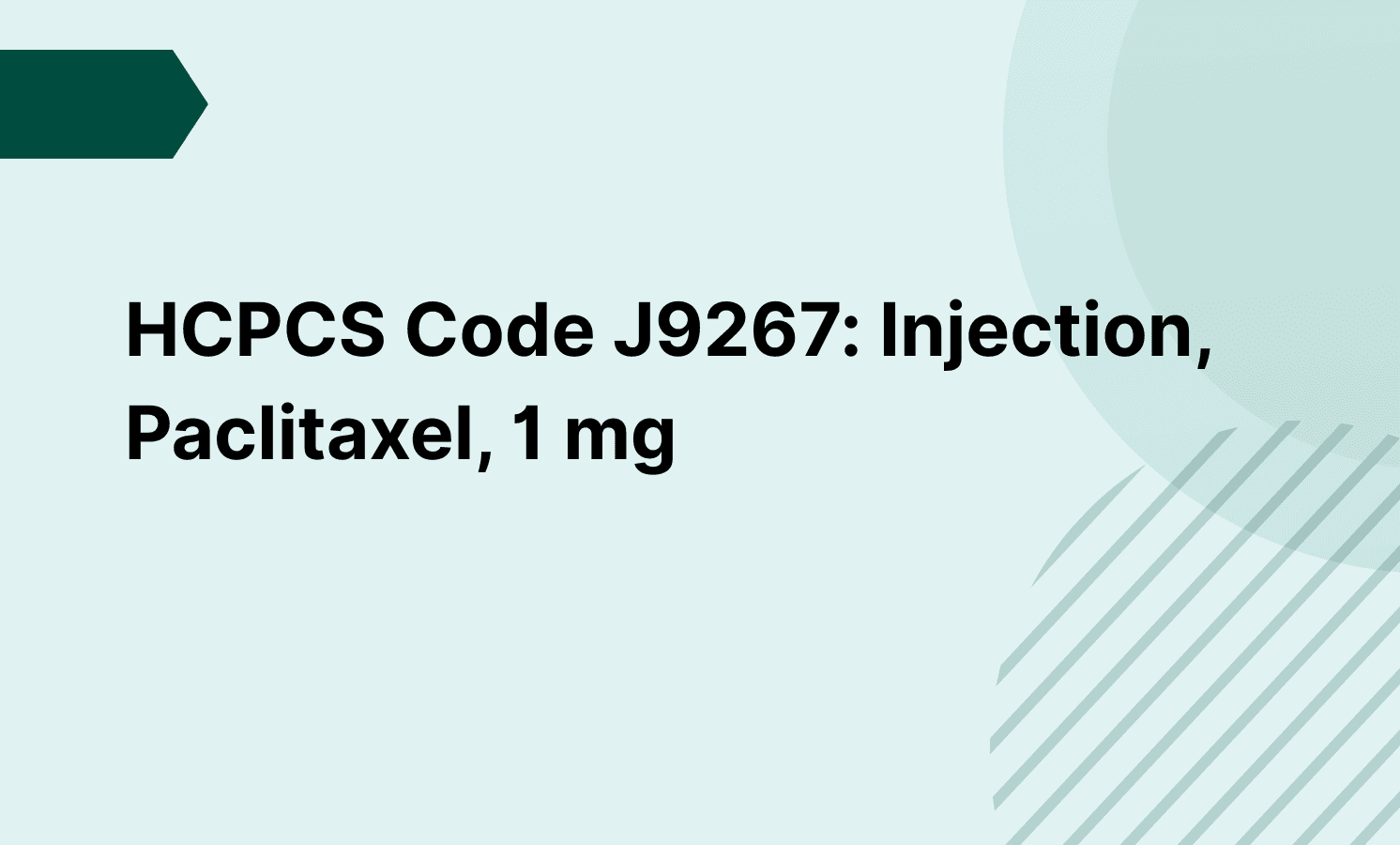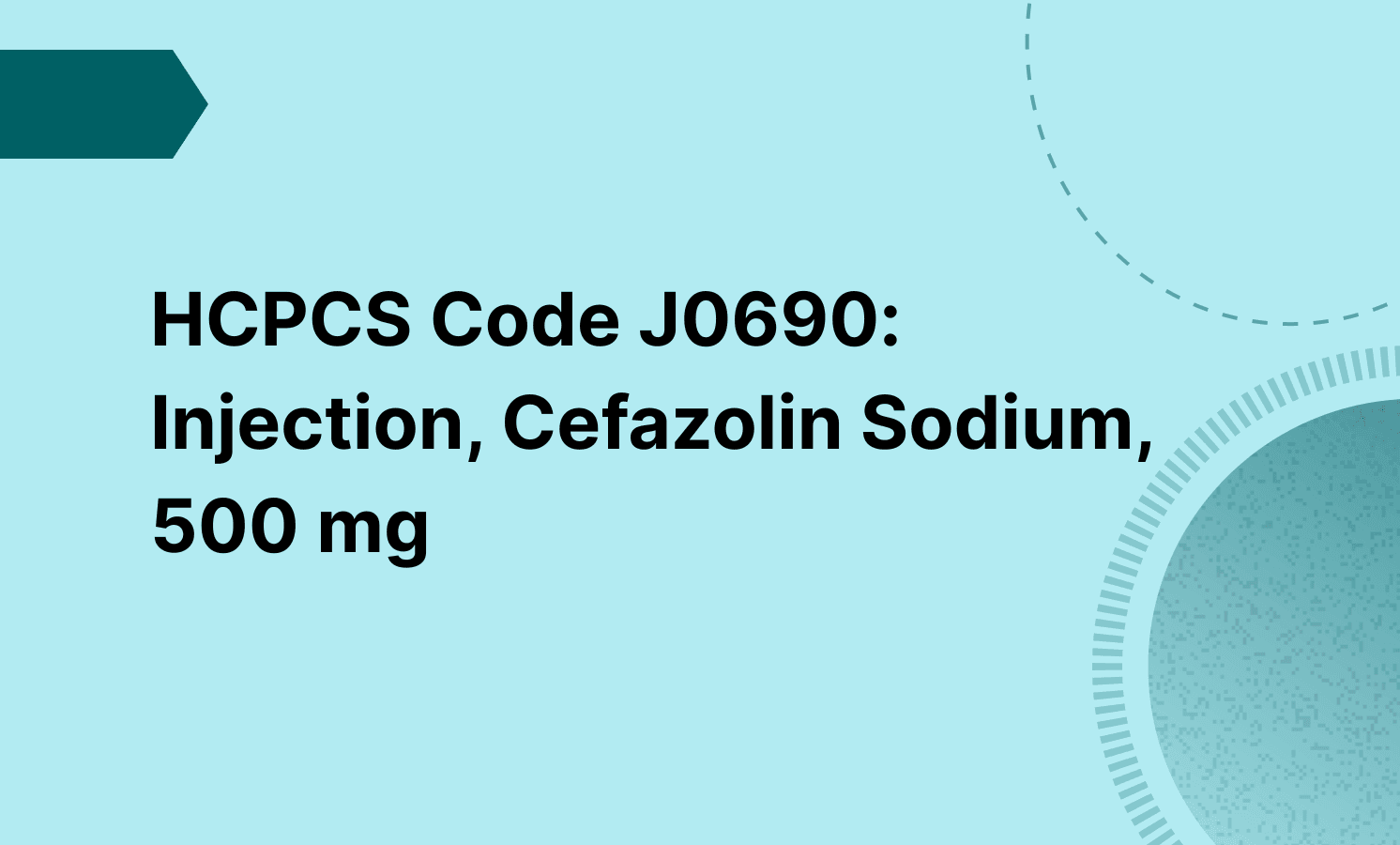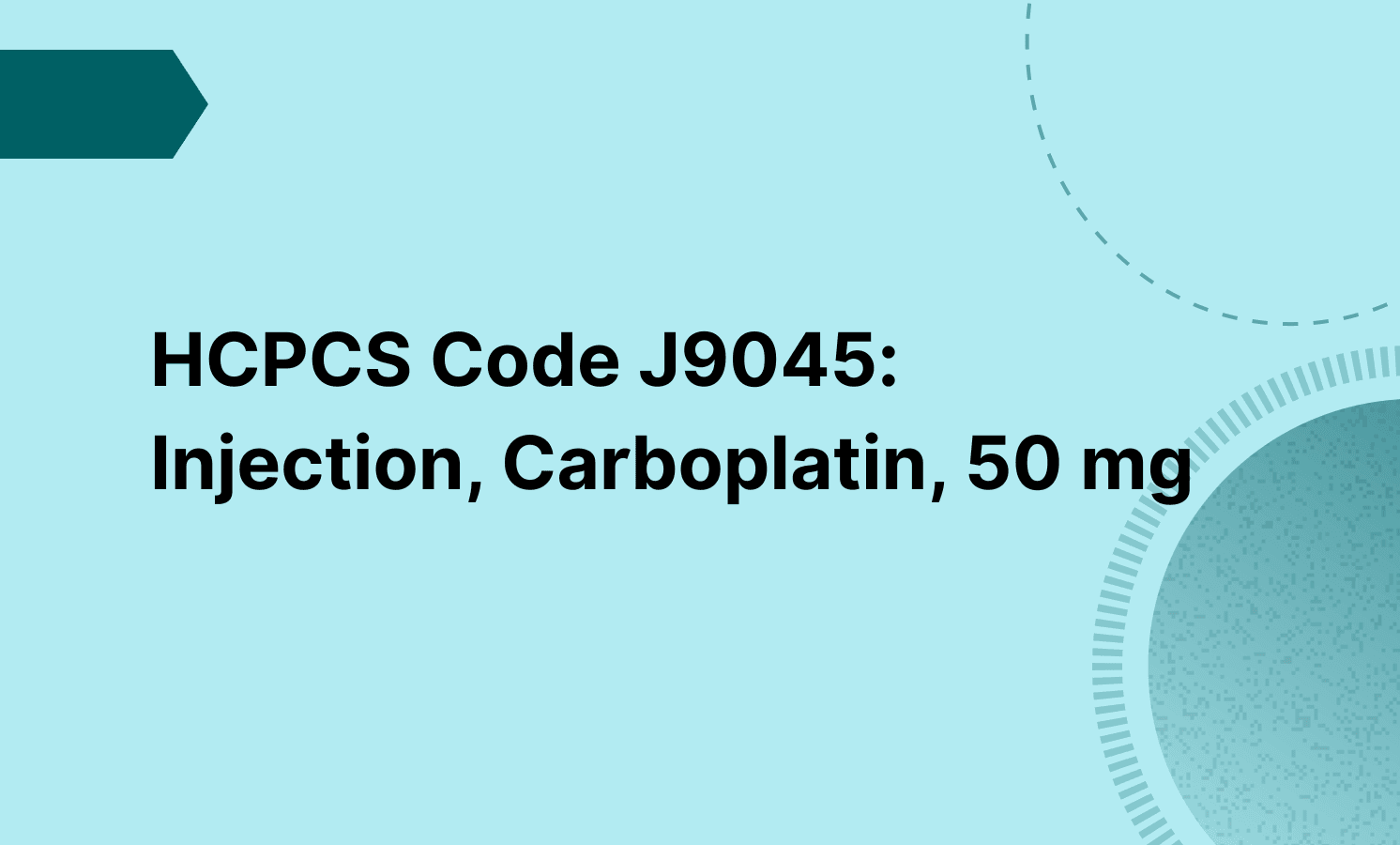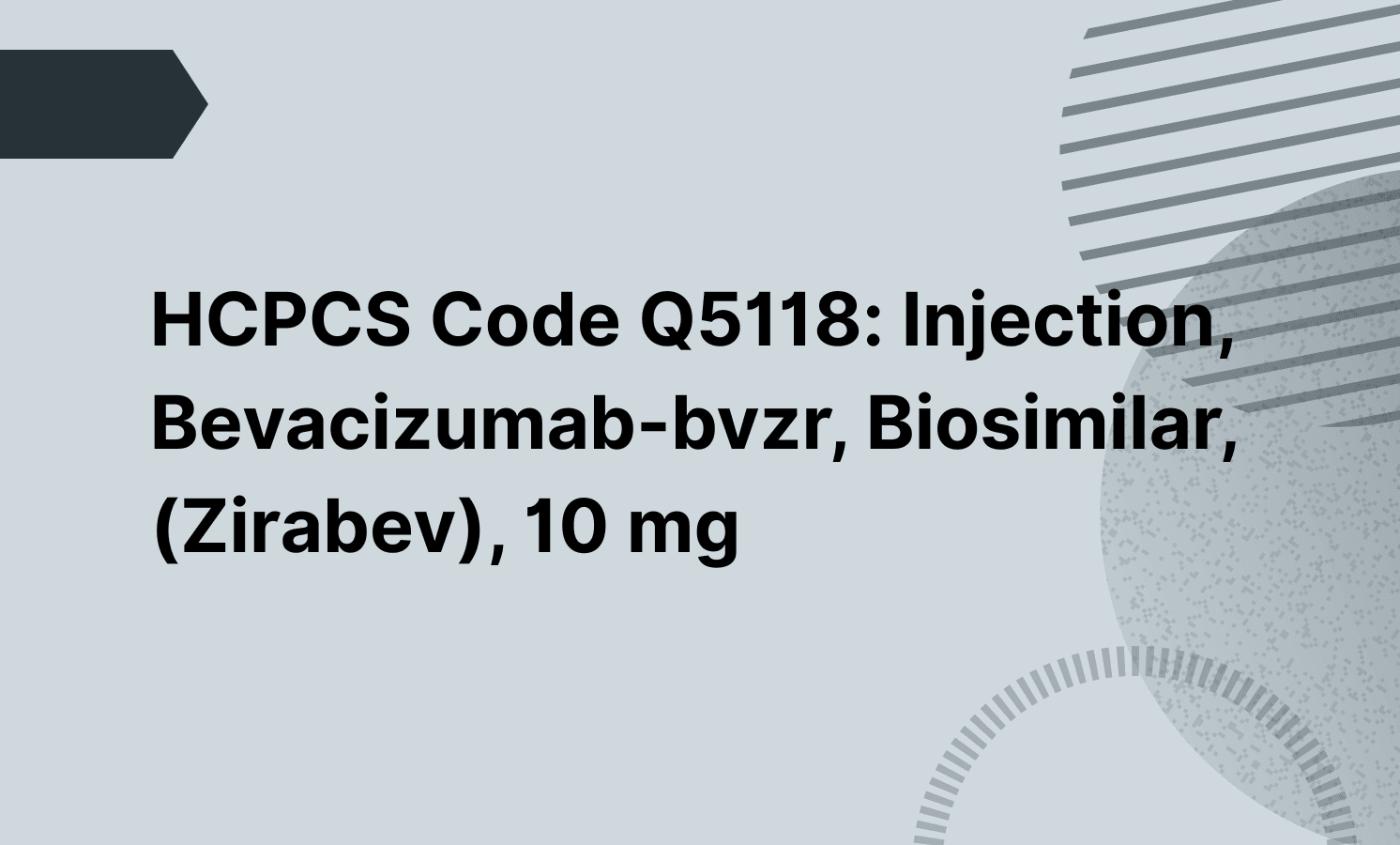CPT 99231 includes a medically appropriate history and/or physical exam and low-complexity medical decision-making (MDM). It is typically used for subsequent hospital or observation visits, where the provider evaluates the patient’s progress, adjusts treatment as needed, and addresses routine inpatient issues.

CPT Code 99231: Subsequent Hospital Care, Low Complexity
CPT code 99231 covers subsequent hospital inpatient or observation care with low-complexity medical decision making. Learn when to use it, documentation needs, and billing guidelines.
Frequently asked questions
Yes, CPT 99231 applies to both hospital inpatient and observation care services. It is used after the initial admission to document follow-up care during a patient’s stay.
CPT 99231 is used for subsequent hospital care, not initial admission and discharge services (99221–99223; 99238–99239). It documents ongoing daily care, not the start or end of a hospital stay. It's also not used for emergency department visits.
EHR and practice management software
Get started for free
*No credit card required
Free
$0/usd
Unlimited clients
Telehealth
1GB of storage
Client portal text
Automated billing and online payments

